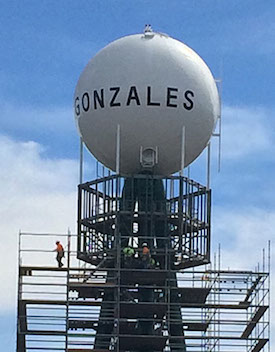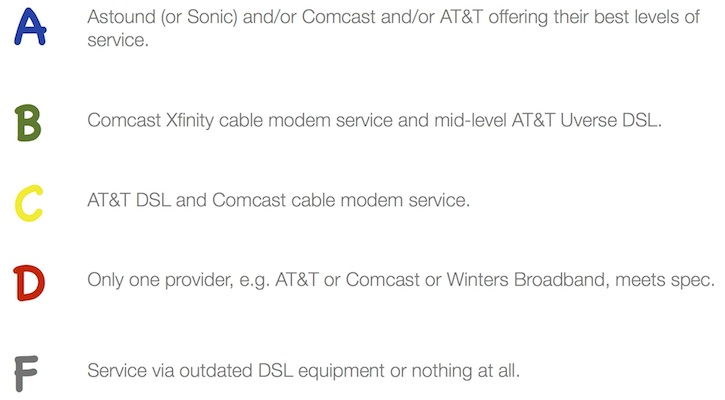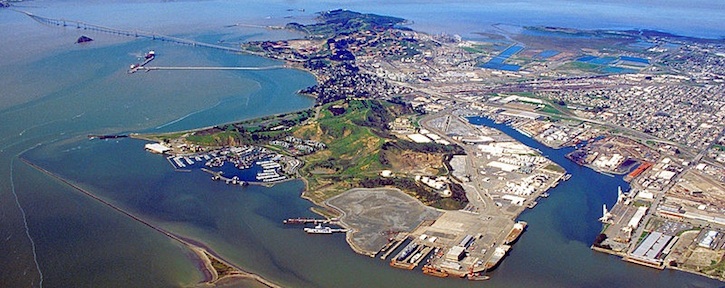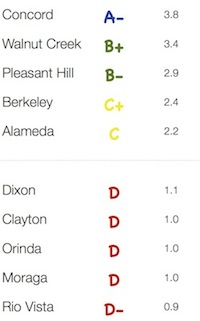CPUC considers Salinas Valley fiber project tomorrow

Building better infrastructure.
An $11 million proposal to build a fiber optic backbone connecting the Salinas Valley to Silicon Valley, by way of Santa Cruz, goes in front of the California Public Utilities Commission tomorrow morning. A decision might or might not come. Commissioner Michel Florio has asked that the vote be delayed until next month, although that could change as the proposal is discussed.
CPUC president Michael Peevey is proposing to subsidise 83% of construction costs – grants from the California Advanced Services Fund (CASF) are usually limited to the 60% to 70% range – because of the social and economic impact the project would have.… More






 Once upon a time, Silicon Valley looked pretty much the same.
Once upon a time, Silicon Valley looked pretty much the same.

